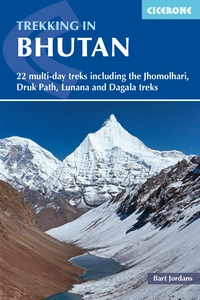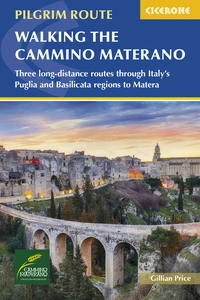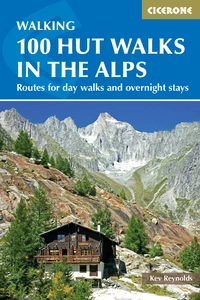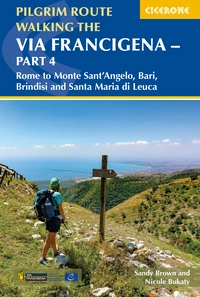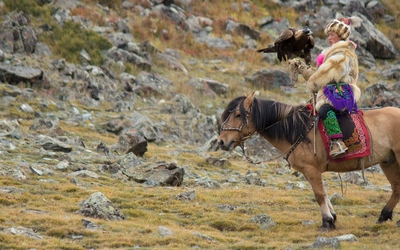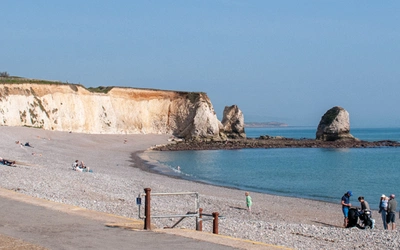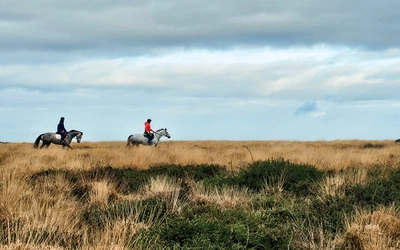An intro to… Trekking in Bhutan
An intro to… Trekking in Bhutan, answering questions such as Where is Bhutan? Do you need a guide to go trekking in Bhutan? What's the walking like? And Why can't I claim the unclimbed peaks?
Where is Bhutan?
The Himalayan Kingdom of Bhutan is located between the two huge neighbouring countries of China and India and is located on roughly the same latitude as Cairo. At 38,394km2 it is about ten per cent smaller than Switzerland. It is a mountainous country with an extensive natural border formed by high mountains to the north, rising to over 7000m, and virtually impassable jungle to the south, and has the highest average elevation of any country on the planet.
Bhutan is the world’s most mountainous country, comprised mainly of hills and mountains from 200m to 7000m+. About 18 per cent of the total land area is above 4200m and is covered by snow and glaciers.

Why should I go trekking in Bhutan?
Bhutan has been closed to outsiders until relatively recently; the first paying tourist group visited the country in 1974. The Bhutanese believed for a long time that a thunder dragon protected the country and its people from any trespassers or evil spirits. For generations the country has isolated herself from the outside world in her attempt to preserve her civilisation. Trekkers are fortunate to now have the chance to visit and explore a once isolated country and Bhutan retains the ability to excite, uplift and inspire all who go there.
How difficult is the trekking in Bhutan?
Trekking in the Himalayas is often thought to be the preserve of the super-fit, but there are treks catering for all different fitness levels: easy to tough, short to long, and from lower to higher altitude. Trekking in the Bhutan Himalayas does not require any special technical skills - the trails are generally in good condition, and fit, experienced walkers should have no difficulty navigating them, although natural obstacles such as snowfall and landslides can require a change of plan. However, trekking in Bhutan usually includes long days with several ascents and descents each day. Bhutan’s valleys are steep!
Of course, it helps to be fit and prepared for a trek. Make sure you choose a trek that is not too difficult or hard. It is never fun to have to give up and turn back, or to exhaust yourself and so be unable to finish the trek. The most important thing is that you are happy to walk for several days, and that you enjoy camping.
Bet you didn't know that...
Smoked yak cheese, so hard that a hammer can’t break it, is sucked and chewed upon for hours by Tibetans; it keeps for a century when dried and smoked.
Aren't there loads of unclimbed peaks in Bhutan?
There are 20 unclimbed peaks over 7000m high and they are worshipped by the Bhutanese; climbing these peaks is considered sacrilegious.
Do I need a guide?
Every trek is led by a qualified Bhutanese guide and a kitchen/camp crew. A party of eight trekkers will typically have four members of staff, four yak herders or horsemen, and more than 20 yaks or small but sturdy horses. Trekking in Bhutan involves a lot of luggage as no food is sold along the trail, so you need to carry everything with you.
How do I organise a trek in Bhutan?
Once you have booked your trip there is very little to do! A visit to Bhutan has to be booked and organised through an international and/or Bhutanese tour operator. They will then organise your visa, flights, transportation, permits, accommodation, meals, guiding, trekking support, and anything else you need.
Your stay in Bhutan is therefore managed from beginning to end – and paid for by a daily tariff. This means that trekking in Bhutan is more costly than in most other Himalayan destinations but you will be very well looked after. Part of the all-inclusive ‘daily rate’ (a government tax of about $US65) is indirect development aid and contributes towards education and health services in Bhutan.
Check www.bhutan.travel for daily tariff, discounts and surcharges. The tourism policy ‘high income – low impact’ is intended to ensure that the Kingdom will never be overrun by visitors.
So, after paying the daily rate, will I need any spending money?
Organised treks tend to be ‘all inclusive’ and at any rate, there is not a lot to buy on route: maybe a yak rope, a Tibetan rug or some snacks in Laya. It is advisable to bring around $50 in Bhutanese ngultrum plus some extra cash for the staff tip at the end of the trip.
Where can I stay?
Unlike elsewhere in the Himalaya, there are no teahouses or lodges along the treks to provide food or accommodation. Your Bhutanese tour operator will pre-book your accommodation which is often built in authentic Bhutanese style, and you will be made to feel at home.
The best bit
Bhutan offers a unique trekking experience that cannot be compared with any other Himalayan destination - you'll have to try it and discover your own 'best bit'. But the British botanist Frank Ludlow said of Bhutan, ‘Nature has run riot there’, a sentiment still shared by today’s visitors.

